In October 2024, Iran threatened to abandon the Nuclear Non-Proliferation Treaty (NPT) and pursue a nuclear weapon if attacked by Israel. If history and early assessments of Israeli and U.S. strikes are any indication, Iran was not bluffing. It is likely to pursue the bomb. However, this need not spark a regional arms race if the U.S. stays engaged.
Since the strikes, debate has polarized. Hawks argue the attacks delayed Iran’s progress; skeptics highlight their limitations and risk of backfiring. The truth lies in between. Strikes can damage nuclear programs directly—by destroying facilities—and indirectly—by deterring suppliers, tightening oversight, and complicating fissile material production.
The most effective strikes, such as Israel’s 2007 attack on Syria, hit early-stage programs. Attacks on advanced or dispersed efforts, like Nazi Germany’s and Iraq’s Osirak, were less successful. Strikes may also harden a state’s resolve. The Iran strikes caused real, if temporary, disruption. Yet Iran’s self-sufficiency makes it resilient, and international pressure is waning. The Majlis voted to suspend cooperation with the IAEA, weakening the NPT framework.
The Israeli and U.S. strikes dealt a blow to Iran’s program but fell short of crippling it. Key enrichment sites, including Natanz and Fordow, were hit. At Natanz, surface buildings and electrical systems were destroyed, likely affecting underground operations, though buried facilities remain under repair. Fordow faced similar damage: infrastructure was hit, and U.S. bunker-busters disabled centrifuges, but the site was not fully destroyed. At Isfahan, surface damage occurred, but underground sections are intact. Iran’s core capabilities appear recoverable.
At Arak, Israel damaged the reactor dome and nearby structures, but the heavy water plant remained untouched. Since the reactor was not operational, the impact was limited. Civilian reactors—Bushehr and the Tehran research reactor—were spared. Bushehr remains active under Russian oversight, though the departure of Russian scientists raises concerns.
These strikes may delay, but not stop, Iran’s progress. The country has indigenous expertise and a centrifuge stockpile. Rebuilding will be difficult—but not decades away. Estimates suggest delays from months to a few years, depending on repair and adaptation speed.
In response, Iran may turn to covert enrichment methods like electromagnetic isotope separation. Though harder to detect, these approaches are technically demanding and may slow progress. Foreign aid has been minimal in recent years; past links to the A.Q. Khan network and Russian cooperation exist, but unlike Libya, Iran’s program is largely domestic, making the loss of external support negligible. The strikes also led Iran to suspend IAEA cooperation, reducing oversight and raising fears it may withdraw from the NPT—escalating tensions and prompting calls for stronger diplomacy.
In sum, the strikes degraded Iran’s infrastructure but did not break its resolve. Strategic success depends on sustained pressure. Iran’s ambitions remain, and delays may prove temporary.
History Unlearned—and Unarmed?
If past patterns hold, Iran will likely accelerate its pursuit of nuclear weapons. Israel’s 1981 Osirak strike delayed Iraq’s program but led Saddam to double down on uranium enrichment. Nazi Germany accelerated its efforts after Allied attacks until strikes on Norway’s heavy water plant slowed progress. These examples suggest strikes may delay but rarely deter determined proliferators.
In contrast, Operation Orchard succeeded. In 2007, Israel destroyed Syria’s nearly operational Al Kibar reactor. No enrichment or reprocessing facilities were found. The IAEA confirmed reactor traces, but Syria’s concealment impeded full verification.
Will Iran’s Acceleration Trigger Regional Proliferation?
Former Secretary of State George Shultz warned, “Proliferation begets proliferation.” While this is a concern in the Middle East, two factors may reduce the risk: credible U.S. security guarantees and economic incentives.
America’s protection reduces the security dilemma for Iran’s neighbors. Guarantees have historically curbed proliferation, not only in the Middle East but also in Asia. Moreover, major regional powers—Saudi Arabia, the UAE, and Qatar—prioritize foreign investment and trade. Nuclear programs, costly, rich in rents and likely to attract economic sanctions, undermine these goals and deter international investors.
The effectiveness of military strikes on nuclear programs is not binary. Their direct and indirect effects shape a program’s trajectory. If history is a guide, limited damage may prompt Iran to accelerate—but this need not result in a nuclear cascade if the U.S. stays engaged and regional powers are still economically outward-looking.
About the Author:
Albert B Wolf is a global fellow at Habib University. He has acted as a consultant on US foreign policy in the Middle East for three US presidential campaigns.

.jpeg)

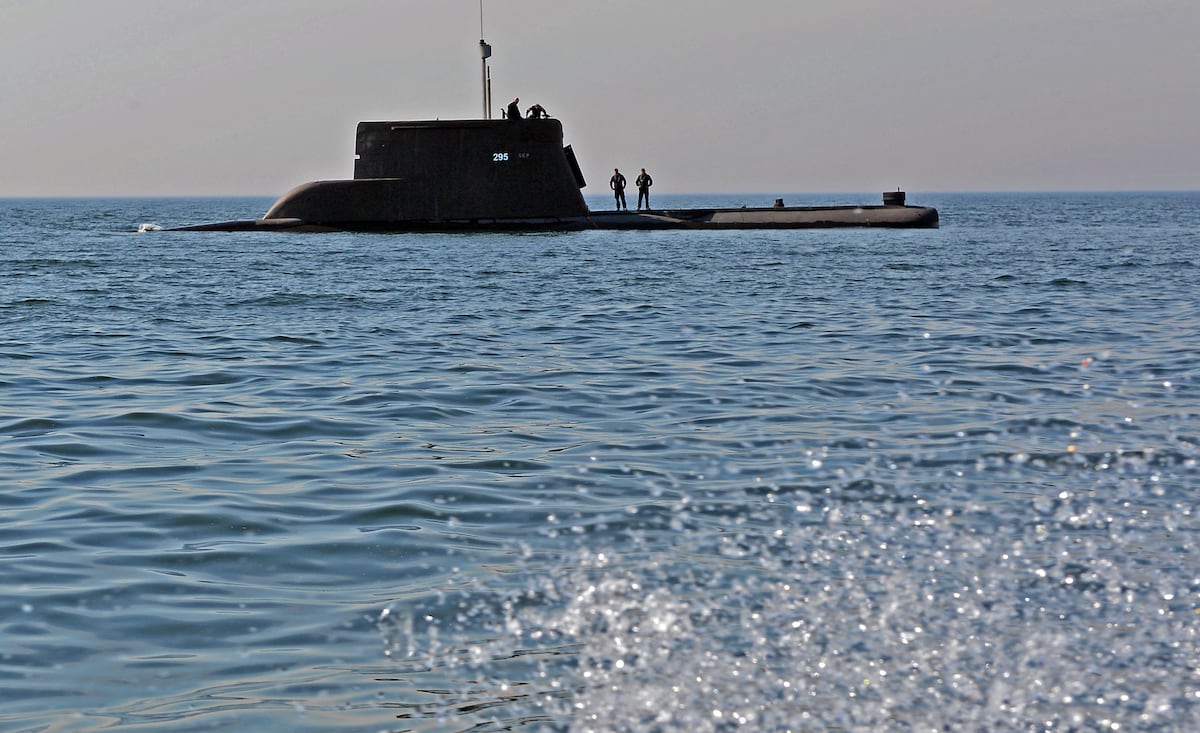

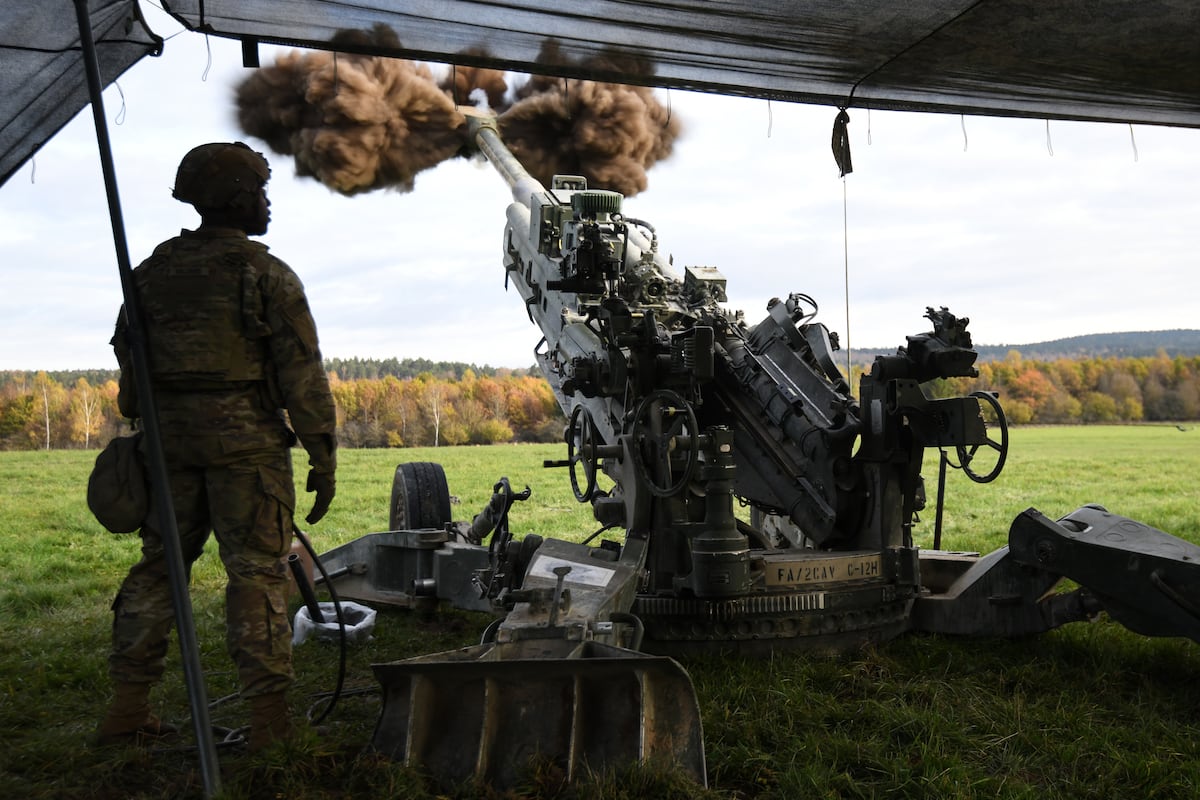



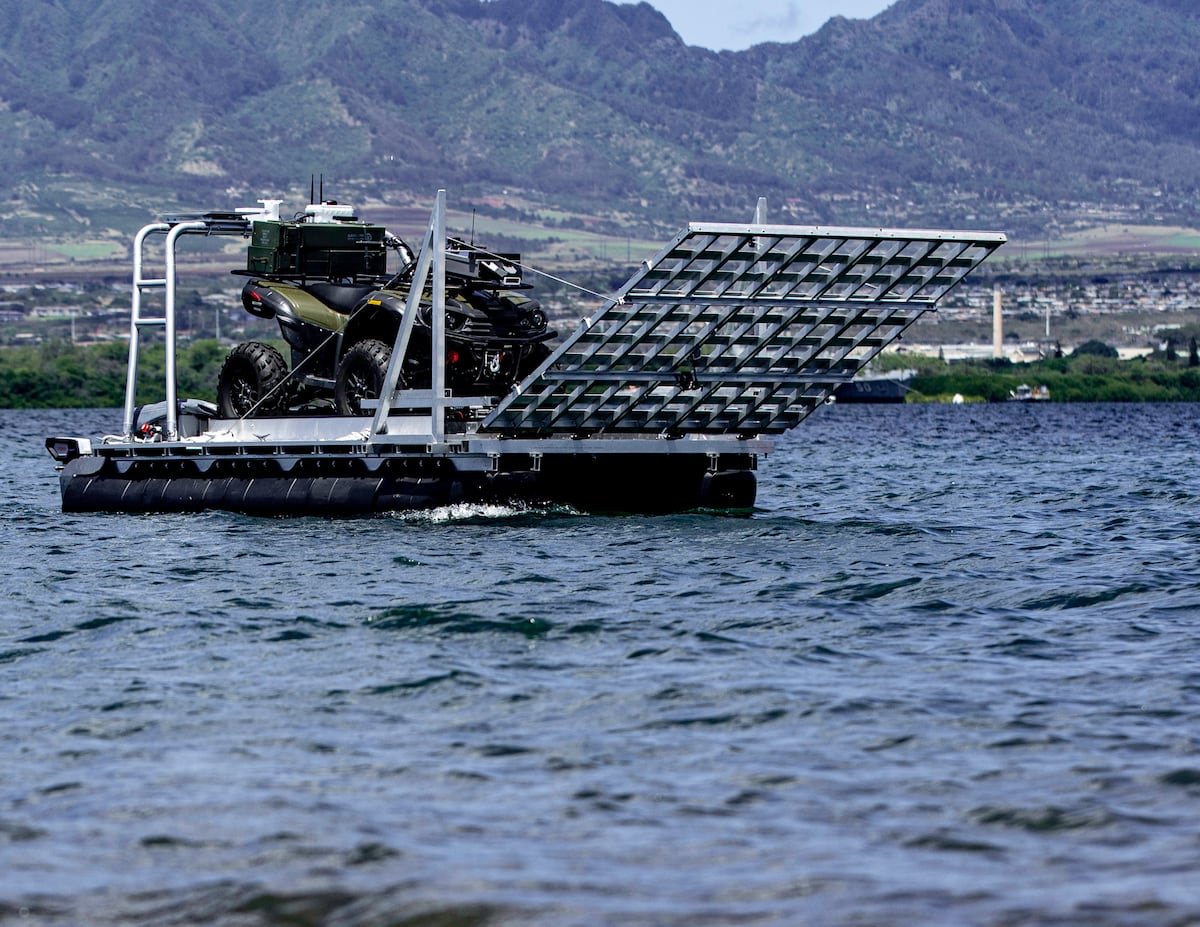



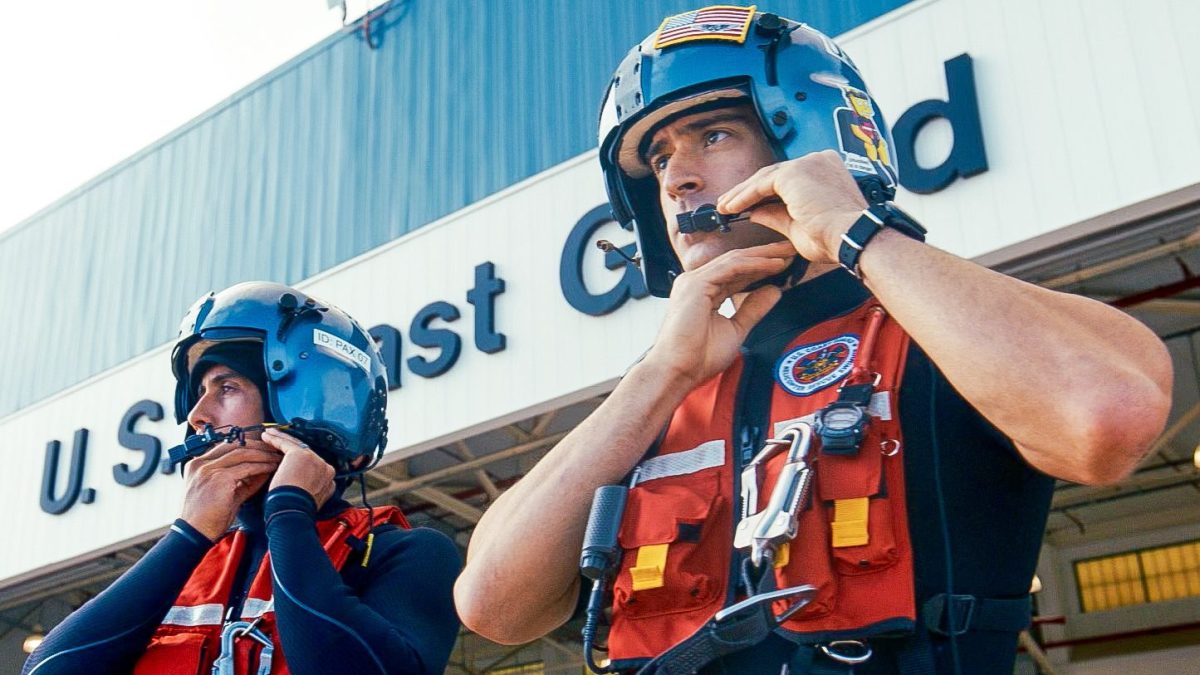
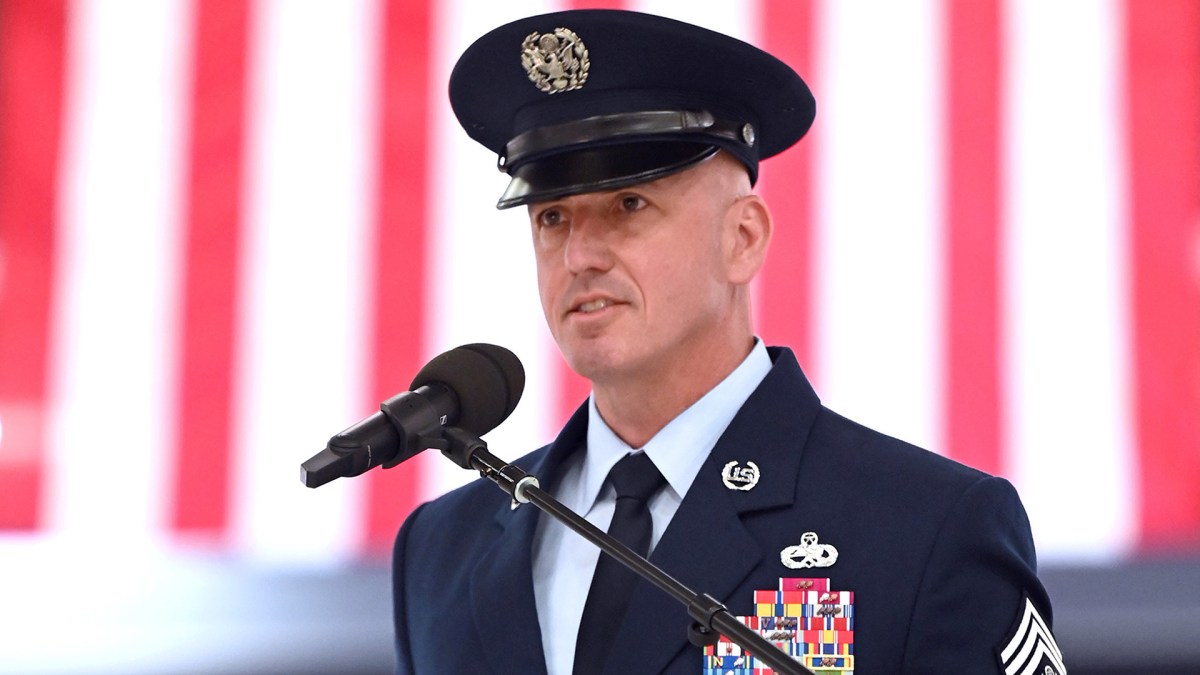







.jpeg)













 English (US) ·
English (US) ·